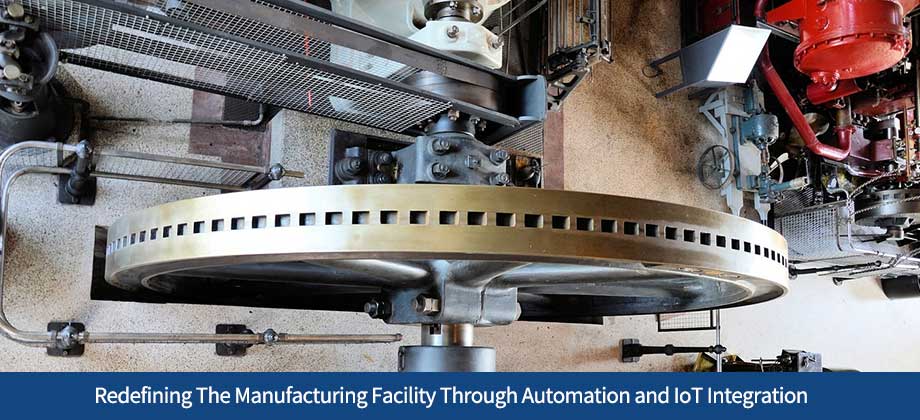How Manufacturers Can Redefine Their Manufacturing Facility Through Automation and IoT Integration

In the world of manufacturing, a shift towards automation and the Internet of Things (IoT) is rapidly evolving. The integration of automation and the IoT within a manufacturing facility provides numerous benefits, such as increased efficiency, productivity and reduced labor costs. Moreover, it enables manufacturers to deliver quality products at scale and enhance their bottom line. In this blog, we’re going to explore how manufacturers can leverage automation and the IoT to redefine their manufacturing facility.
1. Streamline Your Backend Processes:
Backend processes like quality checks, packing and labeling are crucial operations within a manufacturing facility. Automation can streamline the process by simplifying repetitive tasks and eliminating human error. The integration of IoT technology can also enable manufacturers to manage their entire supply chain from end to end. With the help of IoT sensors, the companies can keep track of their raw materials, track inventory levels, and manage shipping and delivery processes in real-time.
2. Improve Machine Efficiency:
Smart machines equipped with AI and machine learning algorithms are on the rise and they can help in improving the efficiency of manufacturing plants. By installing IoT sensors, all the equipment, including machines, conveyors, and robotic arms, can communicate with one another. This will enable manufacturers to monitor the production process and make real-time adjustments to optimize efficiency.
3. Safety and Security Improvements:
Another significant advantage of automation and IoT integration is safety and security. IoT sensors and cameras can monitor the work environment, detect safety hazards, and ensure workplace safety for employees. IoT sensors can also detect any malfunctioning of the machines and alert the maintenance staff. This proactive approach towards safety and security will not only improve employee morale but also save costs of potential damage or accidents.
4. Make use of Predictive Maintenance:
Automation and IoT enabled sensors can help monitor machine performance in real-time, predict machine failure and automation systems can help predict defects in products or get a jump on potential maintenance needs. This predictive maintenance approach can not only save on costs by reducing maintenance downtime but also increase machine uptime and productivity.
5. Increase Data Transparency:
Automation in the manufacturing sector generates significant data that requires proper management and analysis. IoT technology can provide real-time insight into machine performance and customer behavior. Connected machinery and systems can be customized to generate data-driven insights that manufacturers can leverage to identify areas of improvement and make smarter business decisions.
The future of manufacturing lies in the integration of automation and IoT technology. Implementing these technologies provides the benefits of increased efficiency, productivity, safety, and security. By optimizing existing processes and actively incorporating these technologies, manufacturers can redefine their facilities, allowing their businesses to thrive. Automation and the Internet of Things are the keys to unlocking growth and innovation in the manufacturing sector.
Your privacy is important to us. ARF Financial will never sell or rent your information to any third party. Click here for more information about our privacy policy.

